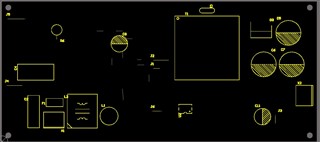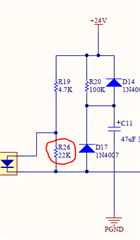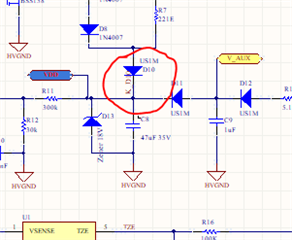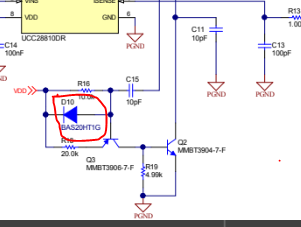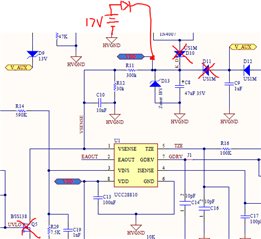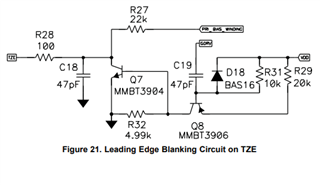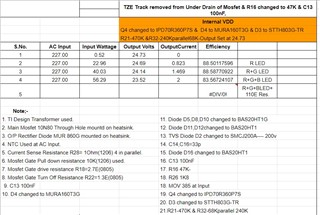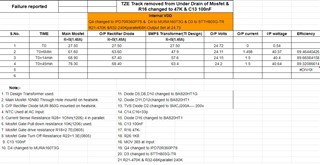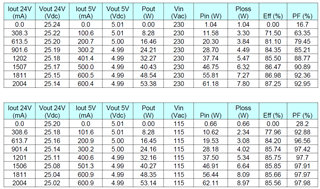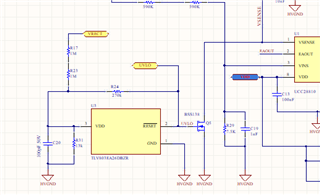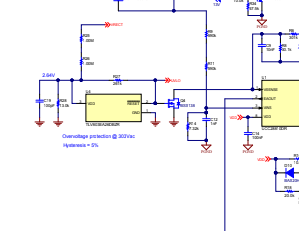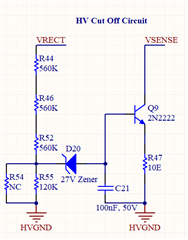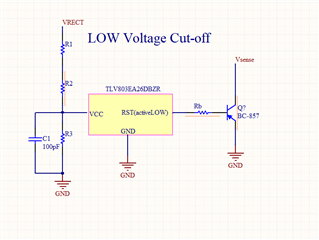Other Parts Discussed in Thread: TL431, PMP, TLV803
Sir,
Ref:, Design No. PMP30882, We are designing 24V/2A Power Supply using TI's UCC28810 (LED lighting power controller).
We were able to generate 24V regulated DC output at no load with Input range Vac 135V - 280V.
We are facing the following issues, so need your support.
1. The output Voltage drops and starts fluctuating between 16 - 20Vdc even on 800mA load.
2. The Switching MOSFET(IPD70R360P7S) heats up a lot and blows off within a minute.
3. The Output Voltage appears at Input Voltage of 135Vac and not from 90Vac.
An early response would be highly appreciated.
Thanks,
Subham




